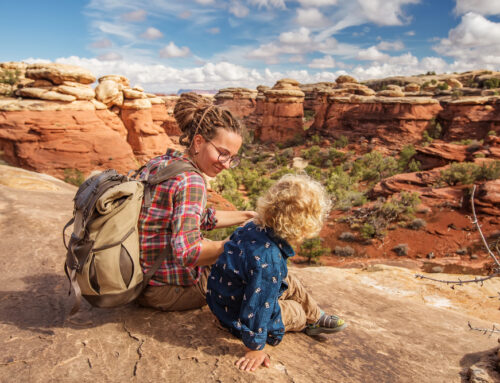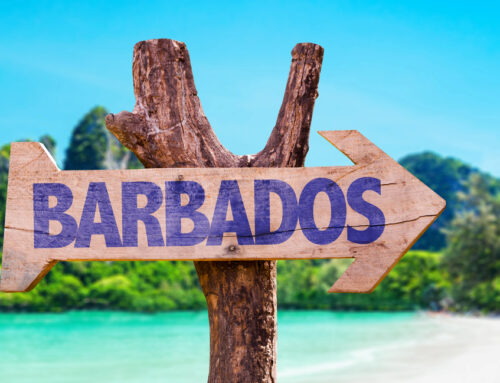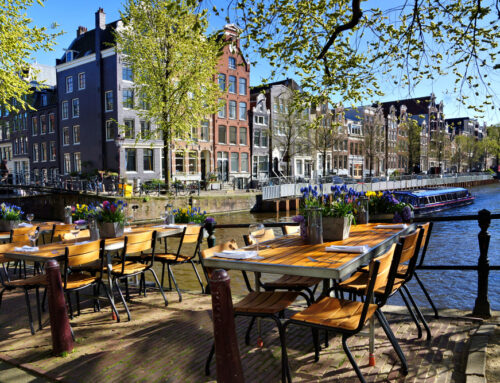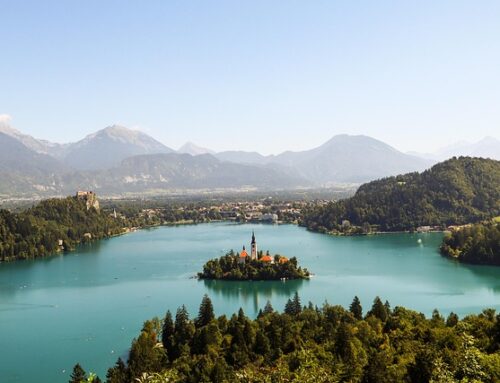Guide To The Grand Festivals of Sri Lanka

Experience The Grand Pageants and Festivals of Sri Lanka
Sri Lanka (formerly know as Ceylon) is an island country located off the southeast tip of India that is filled with a vibrant, colorful, and energetic culture. The population is a beautiful composition of different races, religions, and cultures, making the country’s festivals and celebrations a melting pot of everything Sri Lanka has to offer.
Each month, there is something cultural to celebrate, which makes visiting the country enjoyable at any time of the year. In fact, Sri Lanka boasts one of the highest number of celebrations and holidays in the world. Granted, if anything needs to be celebrated, the Sinhalese people will celebrate it. Here’s an introduction to some of Sri Lanka’s most festive celebrations.
April – Sinhala-Tamil Festival
The Sinhala-Tamil Festival or New Year Festival is considered one of the most important cultural festivals in Sri Lanka. Also known as Aluth Avurudda, the Sinhala-Tamil festival is celebrated to usher in the new year for the Sinhalese people. It also marks the end of the harvest season, so farming communities treat the Sinhalese new year as their Harvest Festival.
Cultural rituals take place during the new year celebration. It is not uncommon for households to clean the house and light an oil lamp. Some communities also gather their women to play the Raban, a drum-like instrument, as a sign of the new year. Loud firecrackers are a main feature of this celebration.
After the rituals, families converge in the streets and mingle. Children are let out to play, and feasts of food are set out in the communities. Surely, there will always be something festive to see and experience during the Sinhalese new year.
May – Full Moon Poya Day
While the Sinhalese new year is a festival of cultural importance, the The Full Moon Poya Day is a celebration that carries religious importance. Traditionally called Vesak, Buddha Day is a religious holiday celebrated by Buddhists all over the world. Buddha Day is informally called by many as “Buddha’s Birthday”. Vesak celebrates Buddha’s birth, enlightenment, and death.
On the day of Vesak, Buddhists and enthusiasts alike assemble before dawn in various temples for the ceremonial Buddhist flag-raising ceremony and the singing of praises for Buddha, his teachings, and disciples.
Buddhists may also bring simple offerings like flowers and joss sticks to lay at the foot of their teacher. These offerings reminds followers about the withering away and burning out of these things, just like life’s inevitability to end.
In Sri Lanka, all liquor and meat shops are closed for two days to commemorate this celebration. Insects, birds, and other animals will also be seen crawling and flying about Sri Lanka as they are released en masse as a symbolism of liberation. Colorful lantern-like displays are lighted up all over the homes in Sri Lanka. Food stalls are also set up to provide free food and drinks to passersby.
Temples may also place a statue of Buddha alongside a small basin of water outside. Devotees may pour water over the statue, as a symbolism of karma cleansing. Various charity and outreach events are also held during the celebration, as a way for devotees and followers to pay it forward.
August – The Grand Festival
After the festivals lined up during April and May comes the biggest and most extravagant festival of all — the Esala Festival.
The annual festival is held to pay homage to Lord Buddha’s Sacred Tooth Relic, housed on Sri Dalada Maligawa. The Kandy Esala Perahera Festival, dubbed The Grand Festival, is a melting pot of culture, tradition, and colors that is renowned for being a long festivity. The festival was traditionally celebrated to request the gods for rainfall.
One of Sri Lanka’s most unique festivals, the Grand Festival is filled with wild acts like fire-dances and whip-dances and cultural acts like indigenous dances. Elephants abound during the festival, adorned with bright lights and plush garments.
For five nights, the festivities take place in assigned Devales, a place dedicated to the four guardian gods. Music, drums, flagbearers and spearmen abound in the Devales. After five days, the relic casket of the Tooth Relic is hoisted on a decorated elephant’s back and paraded in a brilliant procession. Whip and fire dancers lead the path of the procession, with flagbearers soon after. Drummers and dancers follow, as well as singers. A celebration called the Randoli Perahera follows the five-day procession. After the Randoli Perahera, the Diya Kepeema celebration, called the water cutting ceremony, is held to signify the end of the festivities.
With all these festivities and celebrations to look forward to, Sri Lanka should be one of your next vacation destinations. Be sure to fill out your ETA application to visit the country of Sri Lanka.
**************************************
About The Author: this post is provided by SriLankaVisa.org, a professional Sri Lanka ETA provider. It helped thousands of travelers to get the ETA to Sri Lanka. ETA is issued with 6 months validity and travelers are allowed to for up to 30 days in Sri Lanka.
**************************************
Image Source: Google Commons







